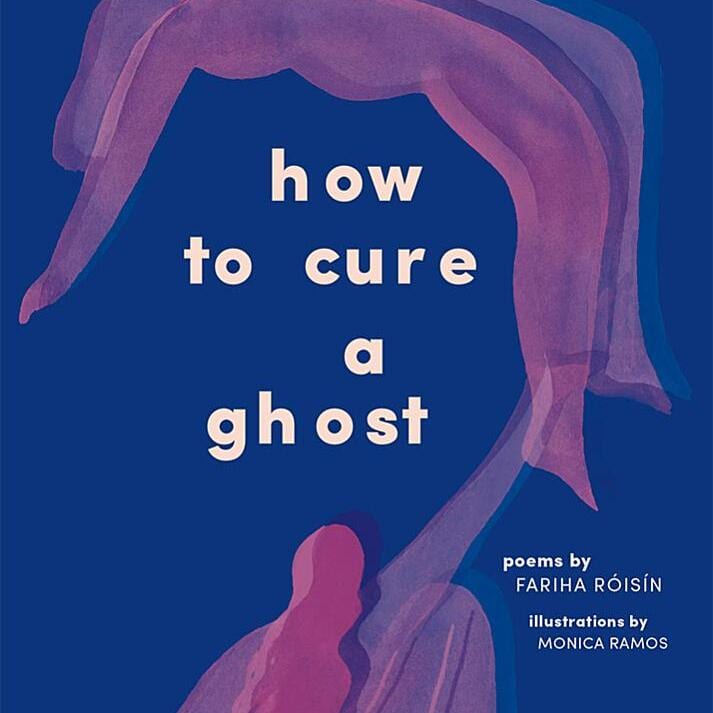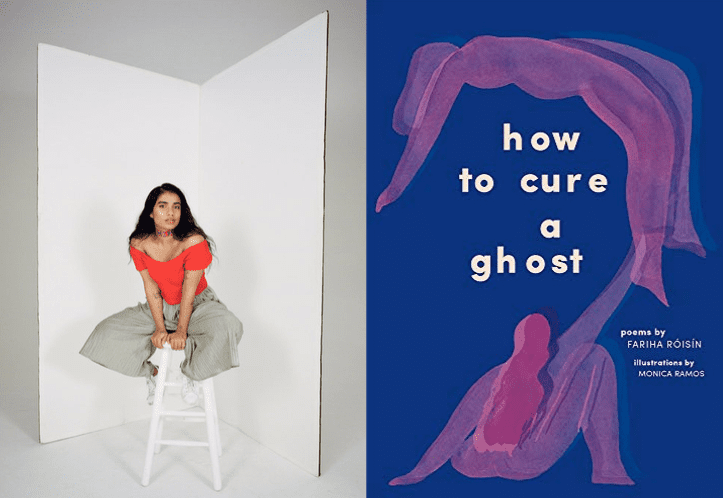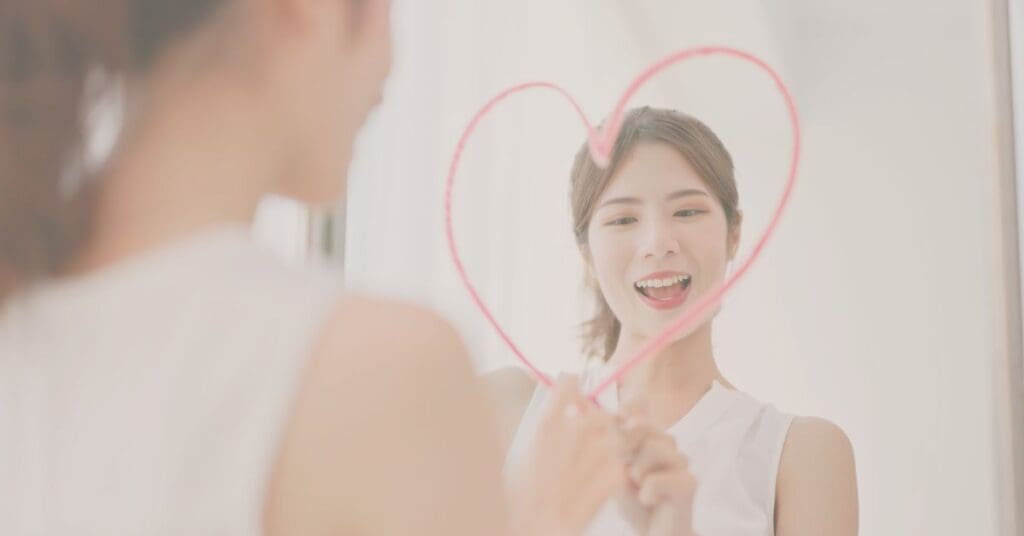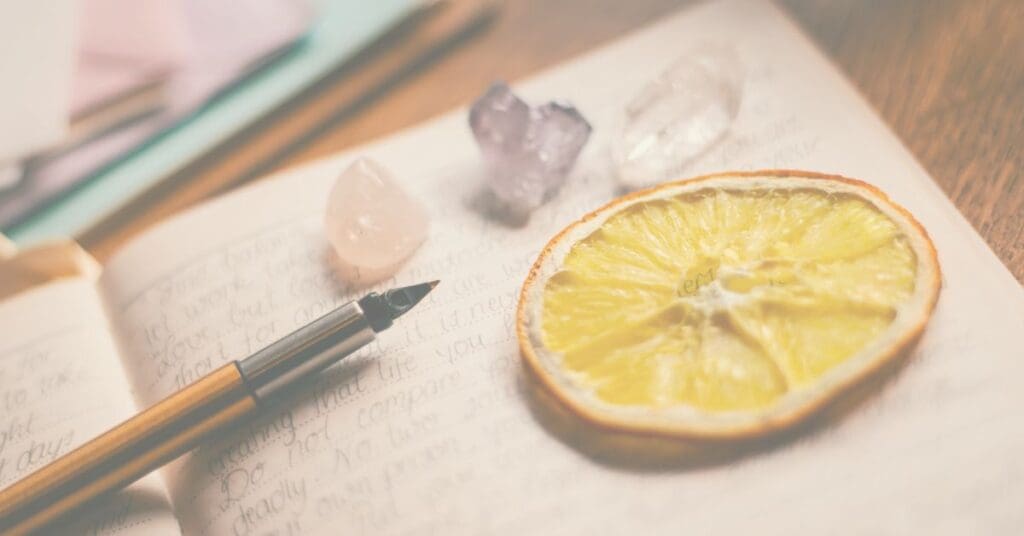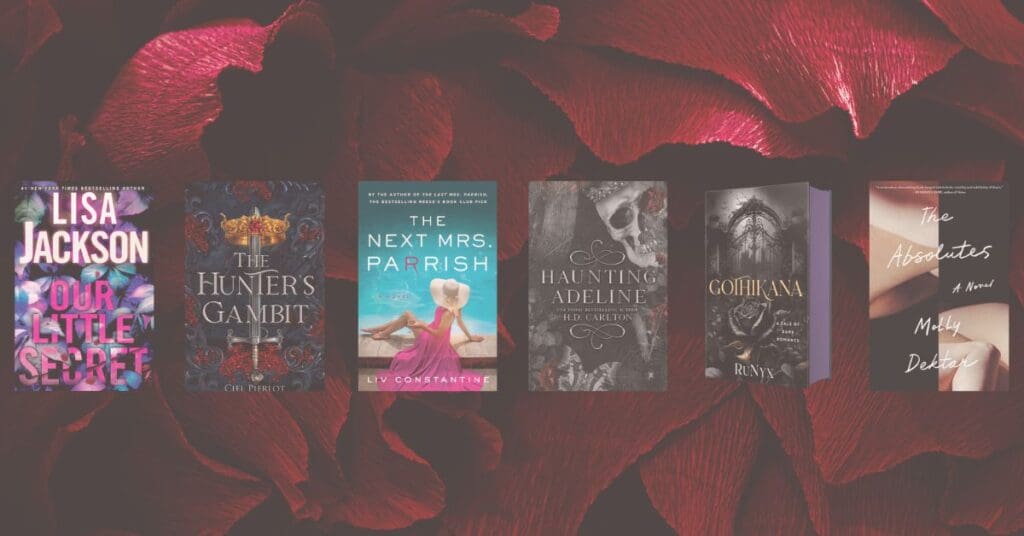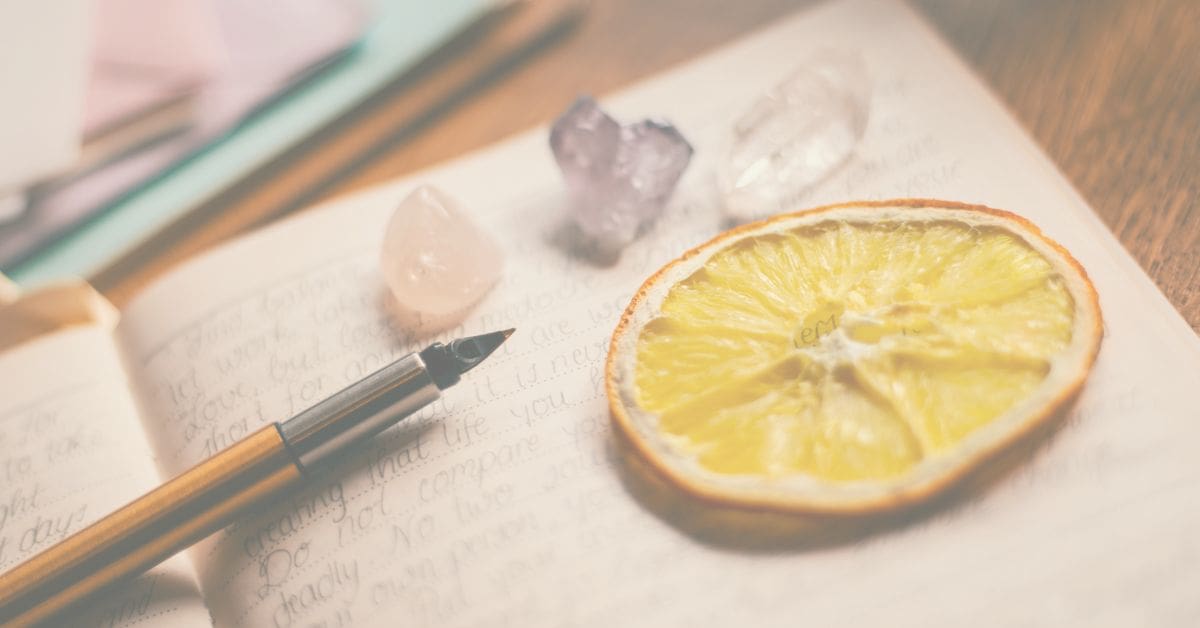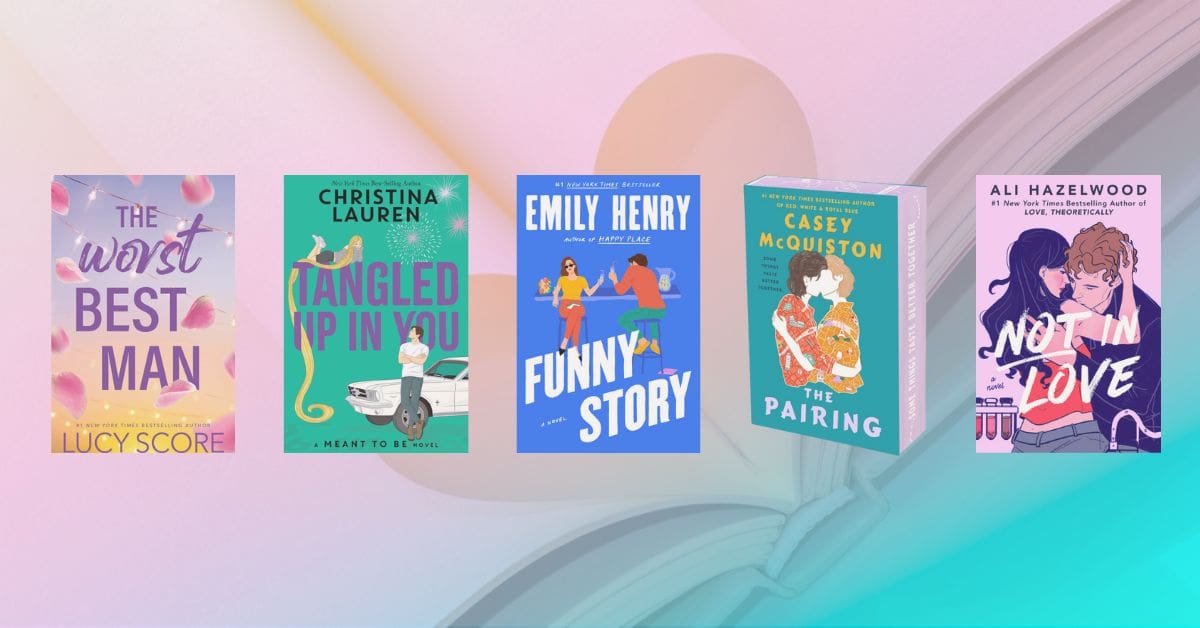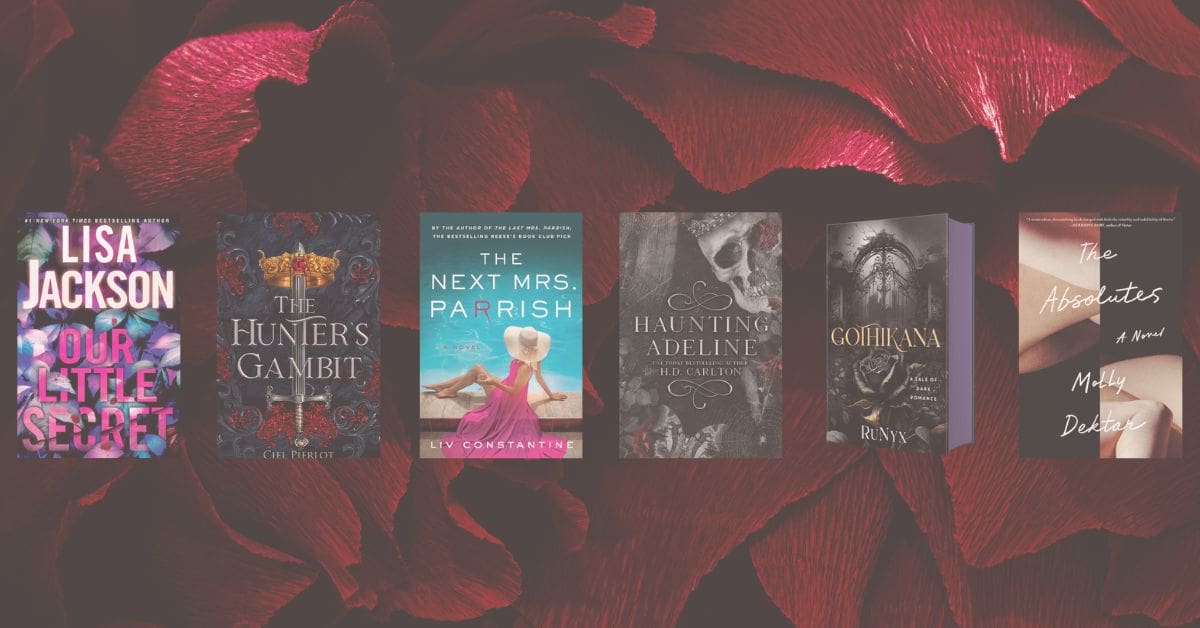Poetry that fearlessly and vulnerably addresses issues of identity and womanhood? Meet Fariha Róisín… your new favorite poet!
In today’s world, we value the honest, the raw, and the real. Whether it comes down to the way we connect with one another or the books and social media we consume, so many of us are looking for something with substance and vulnerability. Fariha Róisín, an Australian-Canadian poet, offers this in her work.
Her book, How to Cure a Ghost, explores race, gender, family, queerness, and life in a whitewashed world. It is heart-aching and emotional while offering a sense of hope in a world that desperately needs it. Displayed alongside gorgeous artwork — vibrant bodies, shapes, and animals — by Monica Ramos, this book feels intimate and alive. Really, it feels sacred.
Content & Themes
Without even reading Fariha Róisín’s book, one can glance at her Instagram account and get a sense of the themes that matter to her. From politics to healing through poetry to body dysmorphia (she also wrote, Being In Your Body, a journal for people with body dysmorphia), Róisín is here to turn the darkness into beauty. Her poetry takes that to the next level.
How to Cure a Ghost is first and foremost a book of self-healing, but it explores this through a core theme: identity. What does it mean to be someone who grieves, who has a body, who loves, who is feared, and who fears the world around them?
She writes, ‘How do I ask to be saved/in a world like this?” It’s a question that asks a lot of its readers — and in a necessary way.
Voice & Tone
From the start of the book, the reader is dropped right into an intense world. The first line, “I built myself up” feels strong and alive, furious and courageous — and yet you get the sense that perhaps, yes, there is a fall.
The book doesn’t cocoon its reader in a soft, dreamy palace of poetics. It doesn’t bother with metaphor after metaphor. Rather, Róisín gives it to the reader clearly — as if she’s dredging up memories and screaming out into the dark sky. The poems are testimonies — to herself, to her memories, to her own need to be rid of the ache.
Her poetic voice is honest and upfront and gets right to the core of an idea quickly. There are gems and moments of beauty and unique language encased throughout the text, though. It’s poetry, alright. It’s just not concerned with dancing around the issue.
There are lines like “men only win/because they lie” and “i remember no peace at home/i remember no silence” alongside the more obscure, “like a lark singing sweet hymns in the summer” or “an energetic tsunami/vital like lifeblood.”
Overall
This is an engine of a book. Each poem roars into the next, pushing the reader a little closer to each poem’s story, to the book’s whole message, to the voice within that says, “I can relate to this in some way.” How To Cure A Ghost is a book that wants you to look at your ancestral traumas and deep fears and needs for love. It wants to confront systemic oppression. It wants growth and self-love.
How To Cure A Ghost is a book that wants you to look at your ancestral traumas and deep fears and needs for love. It wants to confront systemic oppression. It wants growth and self-love.
This book makes demands. It wants you to peer into the abyss and find a strength. When she writes, “Rumi was not made for white/people’s adjunct spirituality,” you feel it.
The book ends with, “your emotional destiny is to support/those you love/said a healer, once/i love myself, i say now/and, so, my emotional destiny/is to support myself, always.” Beside the poem is an illustration, drenched in deep pink, that depicts two girls, side by side, part of one another, surrounded by stars. A lion holds them up. They are lifted high.
This poem, we know, is for the poet herself. It’s a reclamation, a self-celebration, a goddamned moment of peace. But it’s for us, too, in a way.
And it reminds you that this is something you deserve to. After all the excavation and pain and fear and trauma, your destiny is to love yourself.
To stay up-to-date, make sure to keep an eye out for more of little infinite’s featured content as we celebrate poetry, books, and this beautiful hot mess we call life on Instagram and Twitter.
Shop This Article:

